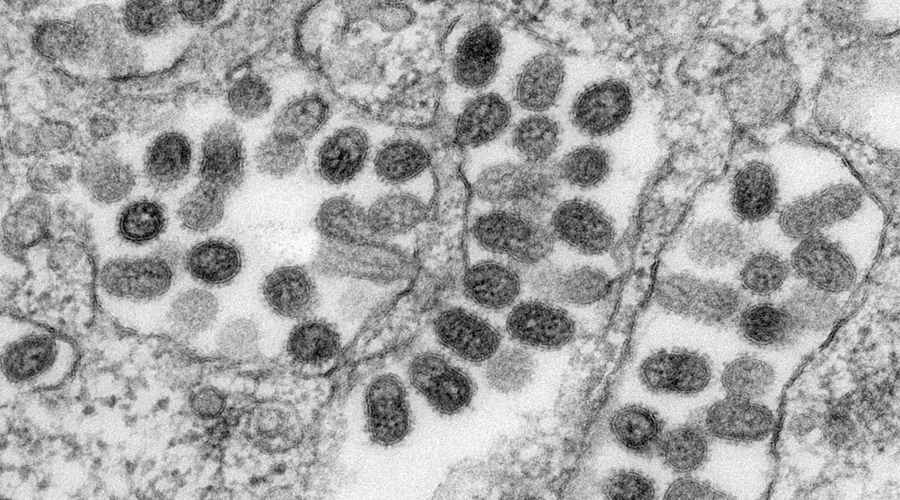A strain of avian flu has spread around the world and is causing havoc among wild birds and farmed poultry, infecting mammals and killing colonies of sea lions. Should we be concerned about a possible human outbreak? An article by Dr. Benjamin Nilsson-Payant
In the wake of the ongoing COVID-19 pandemic, the largest ever recorded outbreak of bird flu has featured dominantly in the news since it was first detected in late 2020, killing hundreds of millions of seabirds and poultry. Worryingly, it has since also spilled over into mammals and has been detected amongst others in foxes, bears, otters, raccoons, and mink, even killing large populations of seals and sea lions. Alarmingly, in recent weeks an 11-year-old girl in Cambodia died from bird flu, prompting concern of animal-to-human transmission.
Highly pathogenic bird flu is caused by highly pathogenic avian influenza A viruses (HPAIV) and is highly lethal to aquatic birds and farmed poultry. HPAIV is a different strain of the same virus that causes seasonal epidemics and occasional pandemics of influenza in humans. While HPAIV is highly lethal in humans, causing case-fatality rates of over 50%, it is only very rarely able to infect humans and even rarer able to transmit between humans. This is due to a number of species barriers that HPAIV needs to overcome by adaptive mutations, most notably in its surface glycoprotein HA and its heterotrimeric RNA-dependent RNA polymerase (PB2, PB1, PA). These adaptive mutations enable an avian influenza A virus to preferentially bind to the human binding receptor for influenza A virus entry, facilitate proteolytic cleavage of HA required for viral infection in a wide range of tissues and enable the viral polymerase to utilize mammalian instead of avian host factors needed for viral replication. Experimental studies have however shown, that with only a few mutations an avian adapted virus is able to efficiently infect ferrets and spread by aerosols transmission.
While the previous outbreaks of bird flu were mostly restricted to the Far East, especially China, Vietnam and Indonesia, the current bird flu outbreak has now spread to all continents with the exception of Australia and Antarctica. This can be explained by a subtle change in the nature of this current clade of HPAIV that delays disease in migratory aquatic birds, allowing the virus to spread further and faster along bird migration routes. This has also led to the dramatic increase in HPAIV cases in non-human mammals, mostly in species that hunt or scavenge on aquatic birds. Worryingly, transmission between seals and sea lions has been observed, and in an outbreak in a Spanish mink farm, at least two mutations associated with mammalian adaptation were found in the virus, prompting concern of imminent human adaptation of HPAIV.
Compared to the early 2000s when H5N1 bird flu was causing hundreds of human deaths, so far only 4 recorded human cases and no fatalities have been found. The recent fatal Cambodian case of bird flu was found to have originated from an unrelated virus strain (H5N1 clade 2.3.2.1c) to the bird flu strain currently found all over the world (H5N1 clade 2.3.4.4b). While it is possible for HPAIV to gain the necessary mutations for mammalian adaptation in seals or minks, for a human pandemic to occur, zoonotic transmission from animals to humans still needs to take place first, which still is a relatively rare event. However, as the current outbreak of bird flu is not likely to go away anytime soon, more HPAIV will be circulating in birds and mammals, resulting in higher potential exposure rates for humans, providing ample opportunity for a single zoonotic introduction of a mammalian adapted virus into the human population.
The photo shows: Transmission electron micrograph of the avian influenza A (H5N1) pathogen. Source: Norbert Bannert, Freya Kaulbars/RKI

